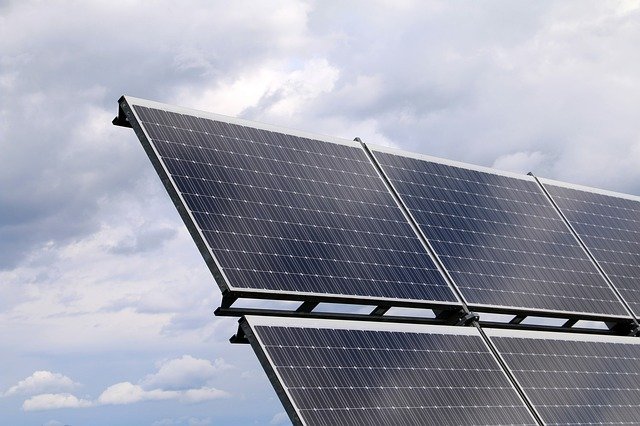
In a new study, researchers develop a better method to use formamidinium lead iodide to produce solar cells.
The new finding may help produce high-quality solar cells.
The study was conducted by the University of Groningen scientists.
Previous studies have shown that formamidinium lead iodide is a very good material for producing solar cells.
It is a perovskite, which is a crystal with a distinctive structure.
However, it is hard to get the correct stable crystal structure. The current techniques have poor results.
For example, the 3D films made from this material most often turn out to be a mixture of a photoactive and a photoinactive phase.
In the study, the team created a solution using a blade and a dipping method. They used a larger 2 phenylethylammonium molecule to form a 2-D perovskite and used it to replace the formamidinium.
This new material was deposited as a thin film using the “doctor-blade” technique.
In the technique, the blade can be set to produce a film with a thickness of around 500 nanometres. This helps create the 2-D perovskite layer.
Then the smooth 2-D films were used as a template to produce 3-D formamidinium lead iodide films.
The new films show higher stability when exposed to light or moisture and solve the previous problem.
The team suggests their finding provide a new method for the production of high-quality films for perovskite solar cells.
The study leader is Professor of Photophysics and Optoelectronics Maria Antonietta Loi.
The study is published in the journal Nanoscale.
Copyright © 2019 Knowridge Science Report. All rights reserved.



